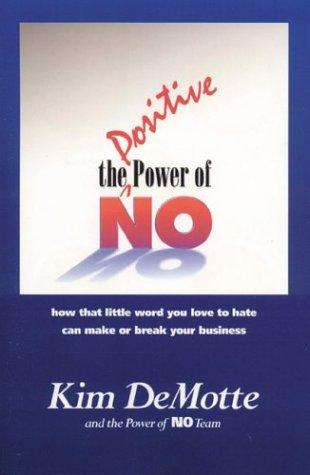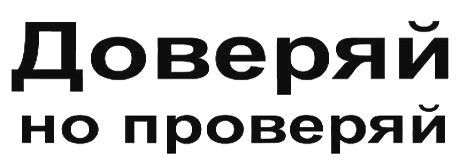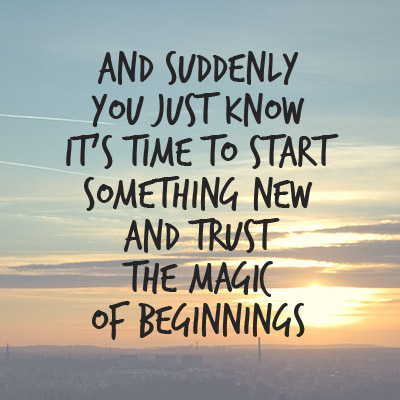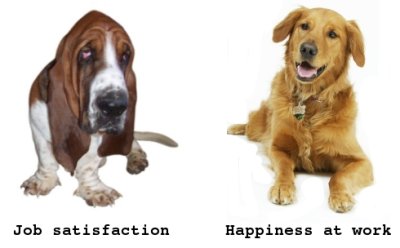 It’s been 20 years since we published The Positive Power of NO: How that little word you love to hate can make or break your business. Our little band of business consultants, who’d all coached clients to use “no” effectively, joined in an effort to bring logic and stories into a readable, enjoyable format that demonstrated how setting limits is the strongest way to establish an identity.
It’s been 20 years since we published The Positive Power of NO: How that little word you love to hate can make or break your business. Our little band of business consultants, who’d all coached clients to use “no” effectively, joined in an effort to bring logic and stories into a readable, enjoyable format that demonstrated how setting limits is the strongest way to establish an identity.
Recently I was part of the management team for a performance rally in rural Missouri. And I learned an expansion from the personal “power of no” arena.
Teams also benefit from having clear limits. (This management team didn’t.)
The Power of NO says “‘No’ is the foundation of free will, the cornerstone of character, and the icon of integrity.” The book recommends setting crisp, clear boundaries for what is acceptable and what is not. What I will do and what I won’t. How much I’ll pay and how much I won’t. The examples of such limits are endless and so incredibly effective for reducing personal and relationship stress and strains.
When I trained sales teams I would ask, “If the answer’s ultimately going to be no, when do you want to hear it?” Of course salespeople believe they can convert prospects to their way of thinking—and they often can—but how often does that process eat up exorbitant time and resources when finding a natural “yes” would be more efficient?
Back to the rally organization. Car rallies close roads to keep racers safe. Marshals guard every intersecting road and trail along the racing route to ensure the racers have safe and solo access to the road.
Citizens live along a lot of these roads, and only with their blessing can we “trap” these conscripted spectators for sometimes hours until all the cars have passed. Now 99% of the time they are fine—and many invite friends over before the road is closed to enjoy picnic lunches and brews.
Inevitably, though, one or two gets trapped “outside” the racing zone and asks us to please let them go home. “It’s just a quarter mile up the road.” But the organization, knowing its limit, says no. Before the first lead (pace) car enters to check the integrity of the racing road, the route is completely open. There are no restrictions. But as race-time nears and then that first pace-car goes in, only public traffic going in race direction is allowed on the course. After the second pace-car goes through, the road is closed to all public traffic (and that’s when Mrs. Jones decides she doesn’t want to stay in the neighboring town, but wants to get to her house).
See the dilemma? These nice people let us shut down their road so we could enjoy unlimited racing and now want us to break our clear rules to let them in. Yet they have no idea how dangerous this would be.
The organization’s limit—established in its SOPs (second pace-cars)—relies on its marshals to prevent entry.
Succeeding at this requires all of the following:
- The organization’s clarity in defining limits and backing their marshals when enforcing.
- The marshal’s personal ability to set and protect the limits. (They may be alone out there, and they may not excel at holding their or the organization’s ground.)
- Agreement by the individuals and the organization to support the limits and maintain integrity of the racing road.
The result of a breakdown in limit setting and enforcing became pretty obvious at our event. Marshals were predictably queried by locals wanting to go home. And ultimately they were escorted and accommodated, but each adventure further delayed the event until the last running of the roads had to be canceled.
Ex post facto, all parties that ignored the limits acknowledged that standing firm, even though temporarily uncomfortable, would have been superior to the accommodation.
Lesson learned…I hope. There will be some additional assertiveness training!
Where do you “let it slide” when it comes to your personal limits? What does “letting it slide” cost you? Do your limits align with your team’s, your partners, or your employer?




